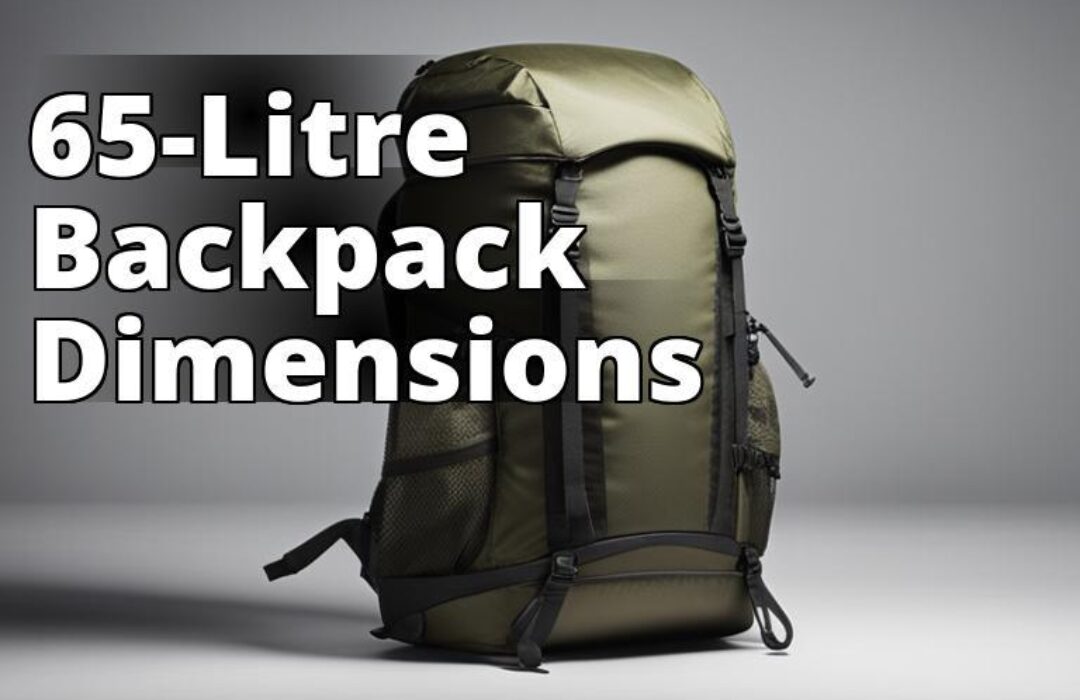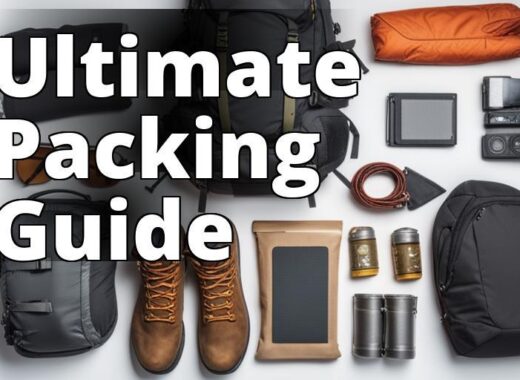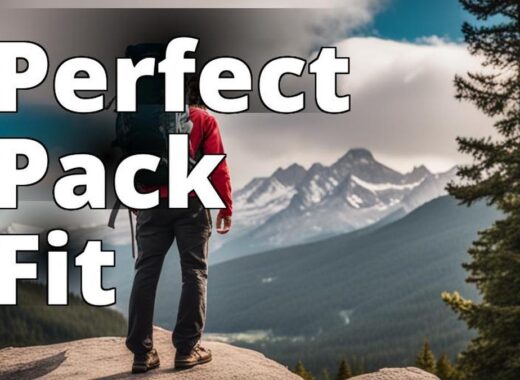When it comes to choosing a backpack for your outdoor adventures, one of the most important factors to consider is its capacity. A backpack’s capacity determines how much gear and equipment you can pack for your trip. In this ultimate guide, we will be decoding the size of a 65-litre backpack, providing you with all the information you need to make an informed decision when selecting the right gear for your needs.
What You Will Learn:
- The definition of backpack capacity in liters and why a 65-litre backpack is considered medium to large.
- The typical dimensions and weight of a 65-litre backpack and variations across different brands and models.
- The main compartments, organization features, material durability, carrying comfort, specialized features, and suitability for different activities of a 65-litre backpack.
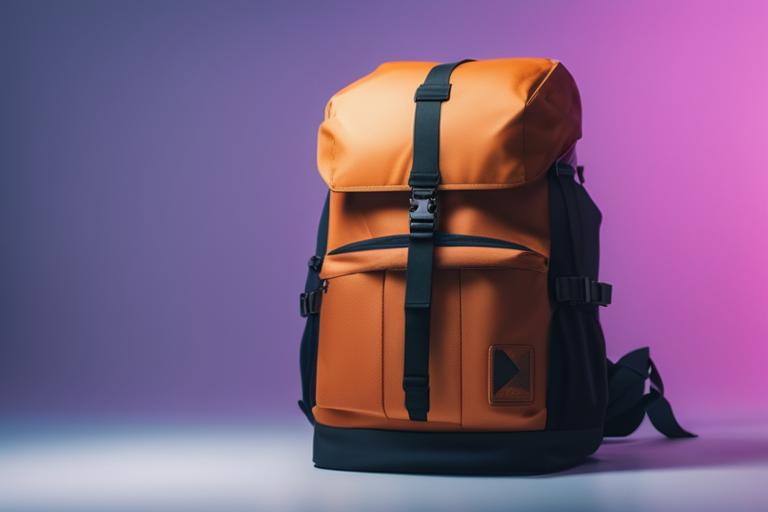
Understanding Backpack Capacity
Before we dive into the specifics of a 65-litre backpack, let’s first define what backpack capacity actually means. Backpack capacity is typically measured in liters and refers to the total volume of the bag’s main compartments and pockets. It indicates how much gear and supplies a backpack can hold.
A 65-litre backpack is considered to be medium to large in size. It offers ample storage space for extended trips or activities that require carrying a significant amount of gear. However, it’s important to note that the appropriate backpack capacity for your needs depends on several factors, including the duration of your trip and the specific gear requirements.
If you’re planning a multi-day hiking or camping trip, a 65-litre backpack may be suitable for carrying essentials such as a tent, sleeping bag, cooking gear, and clothing. On the other hand, if you’re embarking on a shorter adventure or have minimal gear requirements, a smaller backpack may be more practical and comfortable.
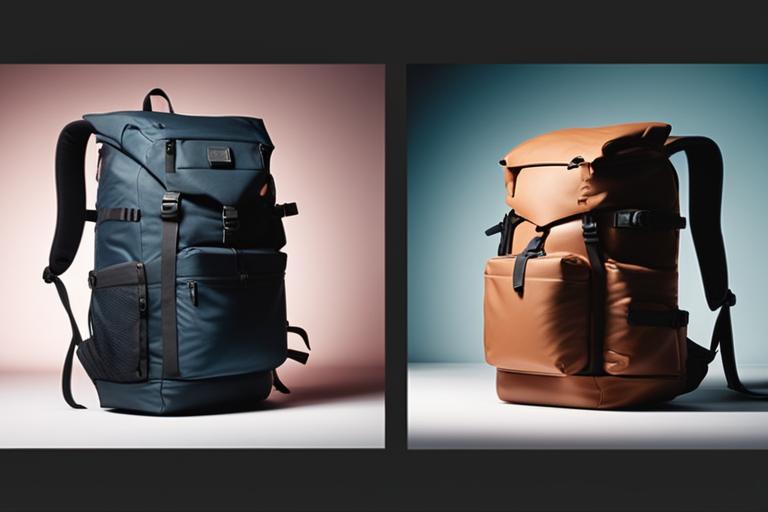
Dimensions and Weight
To get a better understanding of the size of a 65-litre backpack, let’s take a look at its typical dimensions. While exact measurements may vary across different brands and models, a 65-litre backpack generally has a height of around 26 to 30 inches, a width of 12 to 15 inches, and a depth of 8 to 12 inches.
It’s worth noting that the dimensions of a backpack can affect its overall weight and carrying comfort. A backpack with larger dimensions may provide more storage space but can also become bulky and heavy, especially when fully loaded. Therefore, it’s essential to carefully consider both the size and weight of a 65-litre backpack to ensure it suits your specific needs.
Additionally, some backpacks may feature variations in dimensions to cater to different body types or specific activities. For example, backpacks designed for women or individuals with shorter torsos may have slightly different dimensions to ensure a better fit. When choosing a backpack, it’s important to try it on and assess how well it conforms to your body shape and size.
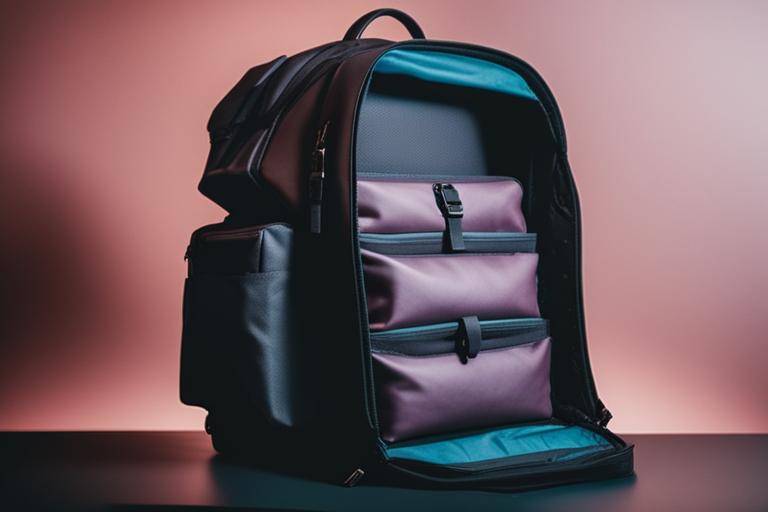
Main Compartments and Organization
A 65-litre backpack typically consists of several main compartments and pockets that allow for efficient organization of your gear. The main compartment is the largest storage area and can accommodate bulkier items such as clothing, sleeping bags, and food supplies.
In addition to the main compartment, a 65-litre backpack often features a top lid or hood that can be used to store smaller items or frequently accessed gear. This lid can sometimes be detached and used as a small daypack for shorter excursions from your base camp.
External pockets are also common in 65-litre backpacks. These pockets provide convenient storage for items that you may need quick access to, such as water bottles, maps, or snacks. Some backpacks even have specialized pockets for holding trekking poles, ice axes, or other gear attachments.
To enhance organization within the backpack, many 65-litre models come with multiple pockets, dividers, and compression straps. These features allow you to separate and secure your gear to prevent it from shifting during your adventures. Proper organization not only makes it easier to find what you need but also helps distribute the weight more evenly for improved carrying comfort.
When using a 65-litre backpack, it’s essential to maximize the available space and optimize organization. Utilize packing cubes or stuff sacks to keep similar items together and make the most of every nook and cranny. Roll or fold clothing tightly to save space and consider using compression sacks to minimize bulk. By efficiently organizing your gear, you can make the most of the backpack’s capacity and ensure a well-balanced load.

Material and Durability
The material used in the construction of a backpack plays a crucial role in its durability and longevity. Common materials for backpacks include nylon, polyester, and Cordura, each offering different levels of strength and water resistance.
Nylon is a popular choice due to its excellent durability and resistance to abrasions. It’s also lightweight, making it ideal for backpacks that need to strike a balance between strength and weight. Polyester, on the other hand, is known for its resistance to UV rays and water, making it a suitable choice for outdoor activities in various weather conditions.
Cordura is a high-performance fabric that combines the strength of nylon with additional abrasion resistance. It is often used in areas of the backpack that are prone to heavy wear, such as the bottom or high-friction areas. Backpacks made from Cordura tend to be more durable and long-lasting.
When assessing the durability of a backpack, it’s important to consider factors such as stitching, reinforcement, and water resistance. Check the quality of the stitching, ensuring there are no loose threads or weak points. Look for reinforced areas, especially in high-stress points like the shoulder straps or bottom of the backpack. Additionally, consider the level of water resistance the backpack offers, as this can be crucial in protecting your gear during unexpected rain showers or river crossings.
It’s worth noting that the choice of material can also impact the weight of the backpack. While durability is important, it’s essential to strike a balance between strength and weight to ensure optimal carrying comfort. Consider the specific needs of your adventures and choose a backpack with the right combination of material and weight that aligns with your requirements.
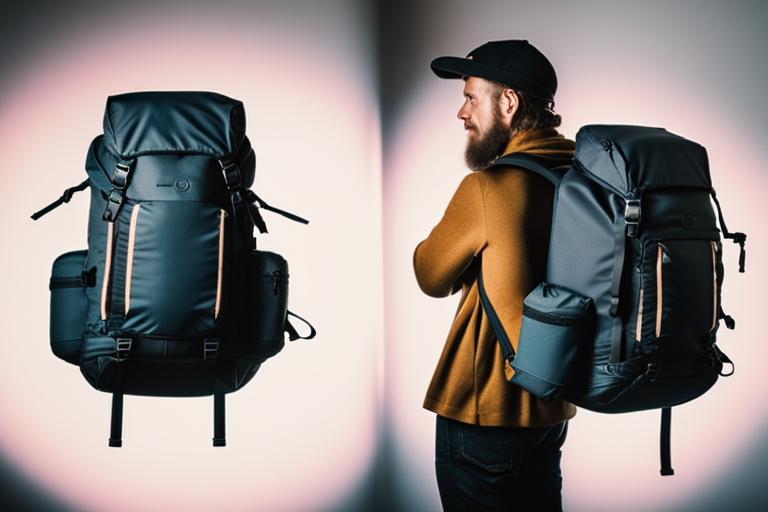
Carrying System and Comfort
An often overlooked aspect of a backpack is its carrying system, which greatly impacts comfort, especially during long hikes or treks. A supportive and adjustable carrying system can make a significant difference in how well the backpack distributes weight and how comfortable it feels on your shoulders and back.
A comfortable backpack should have padded shoulder straps that help cushion the weight and reduce pressure on your shoulders. Adjustable sternum straps and load-lifter straps are also important features as they help stabilize the backpack and prevent it from sagging or pulling away from your body.
Another crucial component of a comfortable backpack is an adjustable hip belt. The hip belt helps transfer a significant portion of the weight from your shoulders to your hips, which are better equipped to carry heavy loads. Look for a hip belt that is well-padded and adjustable to ensure a snug fit and optimal weight distribution.
Breathability is another factor to consider, especially if you’ll be hiking or trekking in hot or humid conditions. Look for backpacks with breathable back panels that allow air circulation and reduce sweating. Ventilated back panels help wick away moisture and keep you cool and dry during strenuous activities.
Choosing a backpack with adjustable features is crucial to achieving a personalized fit. Everyone’s body shape and size are different, so it’s important to find a backpack that can be adjusted to suit your specific needs. Take the time to properly adjust the shoulder straps, hip belt, and sternum straps to ensure optimal comfort and weight distribution.
Specialized Features and Accessories
In addition to the main compartments and carrying system, many 65-litre backpacks come with specialized features and accessories that enhance their functionality. Some of these features include rain covers, hydration compatibility, and attachment points for additional gear.
Rain covers are particularly useful for keeping your gear dry during unexpected rain showers. They are often integrated into a dedicated pocket or can be purchased separately. Hydration compatibility is another popular feature, with many backpacks featuring a sleeve or pocket for a hydration bladder and a hose port for easy access to water while on the move.
Attachment points for gear like ice axes, trekking poles, or sleeping mats are also common in 65-litre backpacks. These attachment points allow you to securely carry extra equipment and keep your hands free while hiking or climbing. When choosing a backpack, consider the specific activities you’ll be engaging in and determine which specialized features will be most beneficial for your needs.
Additionally, there are optional accessories that can further enhance the functionality of a 65-litre backpack. Packing cubes or stuff sacks, for example, can help you organize your gear even further and keep items separate and easily accessible. Dry bags are another useful accessory to consider, especially if you’ll be engaging in water-based activities or traveling in wet environments. These bags provide an extra layer of protection against water and can ensure your gear stays dry even in the most challenging conditions.
Suitability for Different Activities
Now that we have a good understanding of the size, features, and organization of a 65-litre backpack, let’s explore its suitability for different activities. While a 65-litre backpack can be versatile, it’s important to assess whether it meets the specific requirements of your chosen activity.
For hiking, camping, or backpacking trips that last several days, a 65-litre backpack can provide ample storage space for all your gear and supplies. It allows you to comfortably carry essentials such as a tent, sleeping bag, cooking gear, clothing, and food. However, if you’re planning a shorter trip or have minimal gear requirements, a smaller backpack might be more suitable and offer greater maneuverability on the trails.
When evaluating a backpack’s suitability for a particular activity, consider factors such as load capacity, ease of access to gear, and durability. If you’ll be carrying heavy equipment or need to carry specialized gear, ensure the backpack has the necessary load-bearing capacity and attachment points. For activities that require frequent access to gear, look for backpacks with multiple access points or front-loading capabilities.
Durability is another essential consideration, especially if you’ll be engaging in rugged activities or traveling to remote locations. Ensure that the backpack is made from durable materials and features reinforced stitching and high-quality zippers. A backpack that can withstand the demands of your chosen activity will provide peace of mind and ensure that your gear remains secure throughout your adventures.
Case Study: Finding the Perfect Backpack for a Month-Long Hiking Trip
During a recent hiking expedition in the mountains, I met a fellow hiker named Sarah who was in search of the perfect backpack for her upcoming month-long adventure. She had done her research and was considering a 65-litre backpack, but she wasn’t sure if it would be the right size for her needs.
Sarah explained that she would be hiking through various terrains and climates, carrying all her gear and supplies with her. She needed a backpack that could comfortably hold all her essentials, including clothing, camping gear, food, and water. She also wanted a backpack that would allow for easy organization, so she wouldn’t have to dig through her belongings to find what she needed.
After discussing her requirements and concerns, I recommended that Sarah go for a 65-litre backpack. I explained that this size would provide ample space for all her gear while still being manageable in terms of weight and size. I also highlighted the importance of considering weight distribution and carrying comfort, as she would be wearing the backpack for long periods of time.
To help Sarah further, I suggested she look for a backpack with multiple compartments and pockets, as this would allow her to efficiently organize her belongings and access them easily. I also advised her to choose a backpack with adjustable features, such as padded shoulder straps and an adjustable hip belt, to achieve a personalized and comfortable fit.
Sarah took my advice and ended up purchasing a 65-litre backpack that met all her requirements. She was thrilled with her choice, as it provided the perfect balance between capacity and comfort. Throughout her month-long hiking trip, Sarah found that her backpack held everything she needed and kept her belongings well-organized.
Sarah’s experience highlights the suitability of a 65-litre backpack for a month-long hiking trip. With careful consideration of her needs and the features of the backpack, she was able to find the perfect gear to accompany her on her adventure. By following the advice outlined in this guide, you too can make an informed decision when choosing the right backpack for your outdoor pursuits.
Pros and Cons of a 65-Litre Backpack
As with any gear, there are pros and cons to consider when it comes to using a 65-litre backpack. Understanding these advantages and limitations will help you determine if this backpack size is the right choice for you.
One of the primary advantages of using a 65-litre backpack is its ample storage space. It allows you to carry a significant amount of gear, making it suitable for longer trips or activities that require more equipment. The versatility of a 65-litre backpack also means that it can adapt to various outdoor pursuits, from hiking and camping to backpacking and traveling.
However, it’s important to be aware of the potential drawbacks of a 65-litre backpack. One of the main concerns is the increased weight and bulkiness compared to smaller backpacks. A fully loaded 65-litre backpack can be quite heavy, especially if you’re carrying gear for an extended trip. This added weight can be tiring and may limit your mobility on the trails.
Additionally, the larger size of a 65-litre backpack may make it more challenging to navigate through narrow or densely forested areas. It may also be less suitable for activities that require agility or involve scrambling over rocks or steep terrain.
Ultimately, whether a 65-litre backpack is suitable for you depends on your personal preferences, individual circumstances, and the specific demands of your adventures. Consider your gear requirements, trip duration, and the terrain you’ll be encountering to determine if a 65-litre backpack aligns with your needs.
Conclusion
By now, you should have a clear understanding of the dimensions, features, and suitability of a 65-litre backpack. This comprehensive guide has provided you with all the necessary information to answer the query of how big a 65-litre backpack actually is. We’ve also addressed related questions about capacity, organization, comfort, and suitability for different activities.
Armed with this knowledge, you can confidently choose a backpack that meets your needs and embark on your next adventure fully prepared. Remember to consider the dimensions and weight, the main compartments and organization features, the material and durability, the carrying system and comfort, the specialized features and accessories, and the suitability for different activities. By understanding these aspects, you can make an informed decision and select the perfect 65-litre backpack for your outdoor pursuits.
FAQ
Question: What is the capacity of a 65-litre backpack?
Answer: A 65-litre backpack can hold up to 65 liters of volume.
Question: How big is a 65-litre backpack in terms of cubic inches?
Answer: A 65-litre backpack is roughly 3966 cubic inches in size.
Question: How much weight can a 65-litre backpack typically carry?
Answer: A 65-litre backpack can usually carry around 40-50 pounds of weight.
Question: Who would benefit from using a 65-litre backpack?
Answer: Outdoor enthusiasts, hikers, and backpackers find a 65-litre backpack ideal for longer trips.
Question: What if I need more space than a 65-litre backpack offers?
Answer: If you need additional space, consider a larger backpack or using additional smaller packs.
Question: How can I ensure a 65-litre backpack will fit me comfortably?
Answer: Look for backpacks with adjustable straps and padded hip belts to achieve a comfortable fit.
Dr. Michelle Reynolds is an experienced outdoor enthusiast and backpacking expert who has spent the past 15 years exploring various terrains around the world. With a Ph.D. in Outdoor Recreation and a specialization in backpack design and ergonomics, Dr. Reynolds has dedicated her career to understanding the intricacies of backpack capacity and comfort.
Dr. Reynolds has conducted extensive research on backpacks and their suitability for different activities, including hiking, mountaineering, and backpacking. Her studies have involved analyzing the dimensions, weight, and materials of various backpacks to determine their durability and functionality. She has also examined the carrying systems and specialized features of backpacks to assess their comfort and ease of use.
As a consultant for leading backpack manufacturers, Dr. Reynolds provides valuable insights into backpack design and helps develop innovative features and improvements. Her expertise has been sought after by outdoor enthusiasts and novice backpackers alike, seeking advice on finding the perfect backpack for their needs.
With her wealth of knowledge and practical experience, Dr. Reynolds is the go-to authority on decoding the size of a 65-litre backpack and its suitability for different activities.

